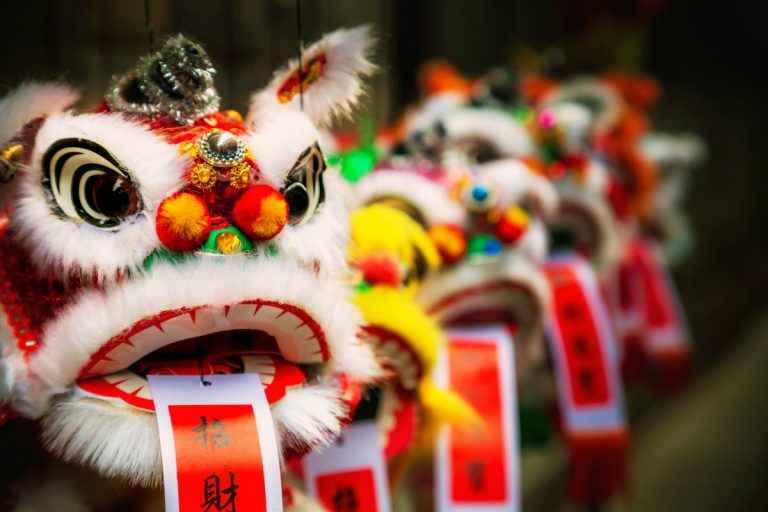
If you ever fancy taking up one of the most unconventional degrees in the world, head on to Zhejiang University in China.
The school located in east China’s Zhejiang Province now offers a new class in dragon and lion dances, according to CGTN. The class is now available as an elective sports course since the new semester started recently.
Xu Jingyan, a junior, said: “At first, I was only looking for a class [that was] different and fun. After I took it, I was surprised to find that we have well-equipped props, and the movement is just like the dragon dance I saw on TV.”
The #dragon #dance team of Beijing Sport University was preparing for the upcoming 13th National Games with all its strength. pic.twitter.com/4B9xqwTIIg
— China Daily (@ChinaDaily) August 25, 2017
Women of China notes that a total of 170 students, male and female from various majors, have applied for the course – 20 more students than was expected.
Dragon and lion dances are traditional dances performed during festive celebrations by the Chinese community. Performers mimic the movement of lions and dragons, which vary according to regions, in the dance to bring good luck.
The style of the lion and dragon dances taught at the university is of the competitive type, according to Jiang Kai, the course’s sole teacher.
“Compared with traditional folk lion and dragon dance, the competitive style is much more standardized and generally performed indoors. Every movement has strict standards for judging,” Jiang said, adding that it is comparable to a professional sports event.
Dragon Dance 101: Chinese college tries to keep fiery tradition alive https://t.co/2fUP4tOLGl
— South China Morning Post (@SCMPNews) October 22, 2017
Anyone who has watched a lion or dragon will know it’s not an easy task.
Jiang, who studied martial arts and dragon dance from Beijing Sports University, spoke about how his teammates gradually dropped out as the hardship from competing finally became too much to bear.
“More than 30 people joined my university’s dragon and lion dance team, but only eight stayed till graduation. Because we had a lot of competitions, and many could not bear the hardships and quit.”
“The dragon dance is not easy, and many people give up,” says Jiang.
But tough as it is, Jiang highlighted how the fiery tradition can be a good test of cooperation: “It takes at least ten people to perform a dragon dance, and two for a lion dance. If anyone does not show up at class, other people will be affected.”
To just move a dragon’s tail, which can be up to 18 metres long, at least 15 people need to work together to do so. This means each student must learn to play his or her part in the dance, the course coordinator said.
According to the Thepaper.cn (via South China Morning Post), Zhejiang isn’t the only tertiary institutions offering this course to its students. More than 200 universities around China will or have brought lion and dragon classes to their campuses, as part of a national push to keep the tradition alive.







